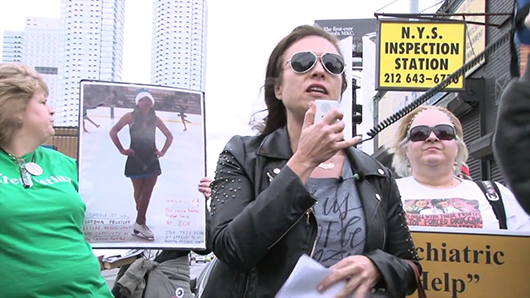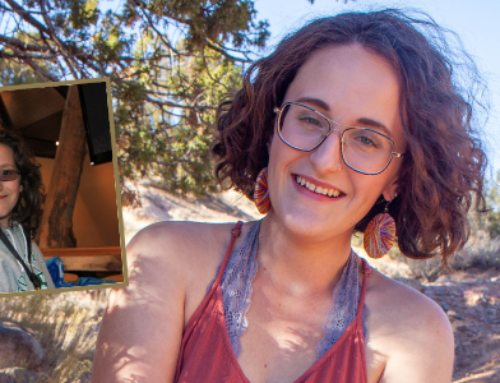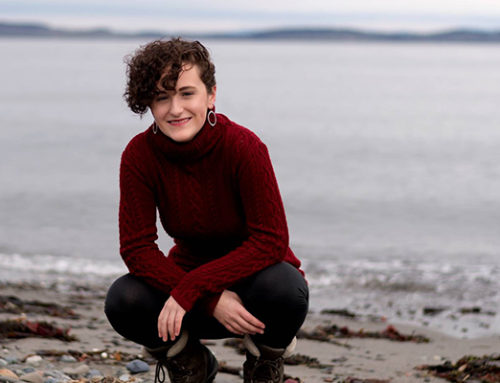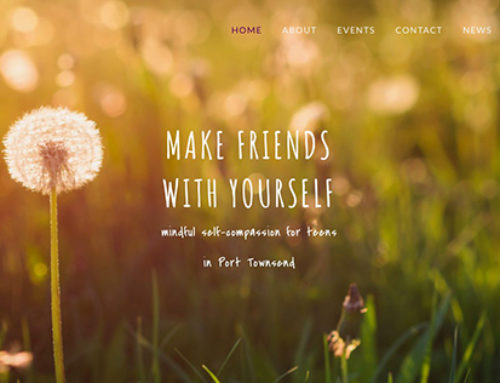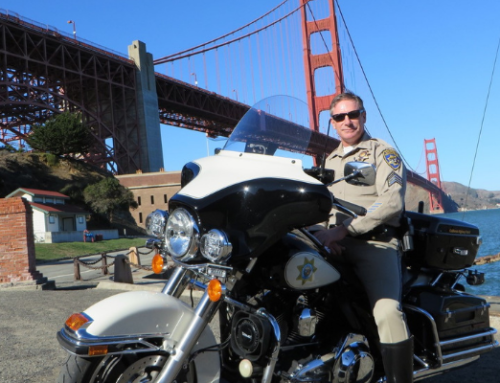For the last fifteen years, I’ve been “out” as a suicide attempt survivor. I’ve shared publicly what it felt like to be unable to live in my own skin, and what it was like to be a patient receiving treatment after suicide attempts. I’ve shared countless times about how the systems that were supposed to be helping me often did more harm in the name of “care.”
What I want to share with you here is how I began to heal. How I am still healing. There is no one-size-fits all path, but I hope you may find something of use to you in my journey.
I reframed my view of myself and what I was capable of. Society’s punitive responses to my suicidality just served to reinforce the negative self-talk that was in my own head: You’re broken. You’re worthless. You don’t matter. Family members and providers gave me messages that I was “fragile” and should have limited expectations for my life due to my many “mental illnesses.” The moment I defied that narrative and reasserted my essential wholeness, life began to slowly change for me. My skin began to feel like a safer place to live in.
I discovered mindfulness. The mental health system taught me that my brain was broken and that I had no control over what it did. Then, I learned about neuroplasticity, and how we can literally rewire our brains through the practice of mindfulness. Meditation taught me that I could observe my thinking and practice meeting it with compassion. I realized that I did not have to be a slave to my Inner Mean Girl, or even my suicidal thoughts; I could tell myself different stories. In this realization was immense freedom and even joy.
I found community. My entire life changed when I connected with other suicide attempt survivors online and in person at conferences and gatherings. This helped me to feel less isolated and less like a “defective” or “broken” human. I see so much fearlessness and beauty in my fellow survivors. Fearlessness doesn’t mean the absence of fear; it means persevering despite the fear. They have shown me the power of going on, even when life completely sucks. As they alchemize their struggles into a vehicle for helping others, they inspire me to do the same.
I’ve written time and time again about how our current approaches to mental health and suicide prevention aren’t working. Suicide in the United States has reached a 30-year high, according to the most recent data.
We’ve got to stop reducing suicide to a purely medical phenomenon. The suicidal impulse is not just a symptom of “mental illness,” but a powerful call to attention in and of itself, and we need to listen. We’ve got to listen with compassion, and to stop letting our fears drive the response. The experts need to be a little bit less certain about what they know, and become more open to attempt survivor perspectives and recommendations. We need to promote holistic approaches to healing that incorporate mind, body, and spirit. And we need more nonjudgmental spaces in person and online to connect with others who have been there.
When we begin to change the way we respond to suicidal suffering, I believe we will see more people feeling able to live in their skin again.
Leah Harris is a Trauma Healing Coach and CEO of Shifa Consulting, a social enterprise dedicated to helping people to discover and practice holistic and creative approaches to healing from emotional distress and trauma.

